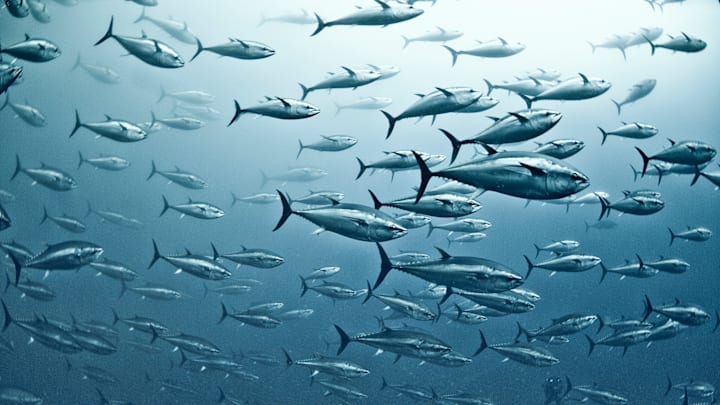The effects of climate change reach far across many industries, including food. Rising temperatures have resulted in the loss of billions of dollars worth of crops in recent decades. Now, various types of seafood are also under threat. A new report from the European Food Safety Authority warns that warming ocean temperatures put fish consumers at greater risk of ingesting a flesh-eating bacterium.
As Food & Wine reports, the bacterium in question is Vibrio. Consuming raw or undercooked seafood can cause the bacterial infection, and while it’s usually curable with antibiotics, the symptoms are dire. The disease can cause fever, sepsis, vomiting, diarrhea, tissue-destroying blisters, and even death.
Although rare, Vibrio causes more than 95 percent of seafood-related deaths in the U.S. The bacteria thrive in warm, brackish waters, and their numbers are expected to increase as ocean temperatures continue to rise due to global warming.
In addition to a flesh-eating disease, diners also have mercury poisoning to worry about when they order the seafood platter. When eaten in high amounts, the toxic metal can cause confusion and the loss of peripheral vision and coordination. Even as emissions have declined in recent years, they have become more prevalent in fish due in large part to climate change. Big fish like bluefin tuna need to burn more calories to survive in hotter environments. This leads them to consume more food containing mercury and become contaminated themselves.
Global warming isn’t the only human-made problem contributing to the rise of mercury in seafood; overfishing is another concern. When certain species start disappearing from oceans, their predators must find other food sources to sustain themselves. The alternative prey may contain more mercury, which affects the bigger fish that consume them as well as the humans at the top of the food chain.
Read More About Fish:
